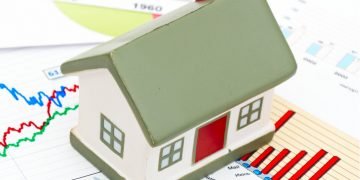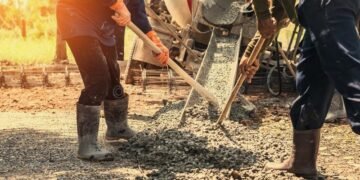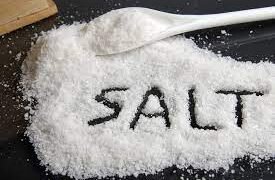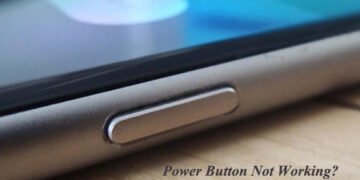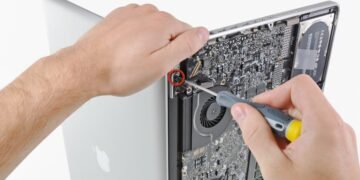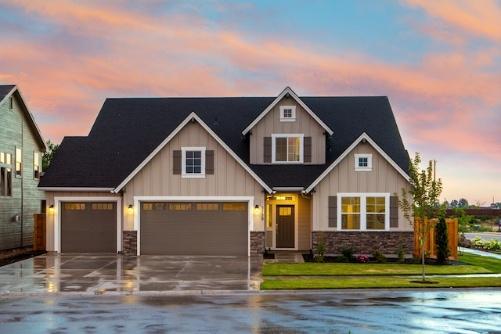Your home’s siding not only contributes to its curb appeal but also plays a crucial role in protecting it from the elements. Over time, siding can wear out and become less effective, leaving your home vulnerable to various issues. To ensure your property remains in top shape, it’s important to recognize the signs that indicate it’s time to replace your siding.
Let’s explore some key indicators that suggest your home’s siding needs an upgrade. By addressing these signs promptly, you can maintain your home’s value and curb appeal.
Visible Damage
One of the most apparent signs that it’s time to replace your siding is visible damage. This can include cracks, holes, or dents in the siding material. Such damage not only impacts the aesthetics of your home but also allows moisture to penetrate, potentially causing structural issues. Contact professionals for your residential siding installation papillion ne.
Fading and Discoloration
Siding can fade and discolor over time due to exposure to sunlight and weather. If your siding has lost its original color or appears significantly discolored, it can make your home look tired and aged. Replacing it can rejuvenate your home’s appearance.
Rot and Decay
Wood siding is particularly susceptible to rot and decay. If you notice soft or spongy areas, this is a clear indication that your siding is compromised. Rot can spread quickly and affect the integrity of your home’s structure, so addressing it promptly is crucial.
High Maintenance Needs
If you find yourself constantly repainting or repairing your siding, it might be more cost-effective in the long run to invest in new siding. Modern siding materials are designed to be low-maintenance, saving you time and money.
Increased Energy Bills
Old or damaged siding can lead to poor insulation, resulting in higher energy bills. If you notice your heating and cooling costs rising, it could be due to your siding’s diminished insulation properties. Upgrading to energy-efficient siding can help you save on energy expenses.
Mold and Mildew Growth
Mold and mildew growth on your siding not only looks unsightly but can also be a health hazard. These issues often result from moisture infiltration and can be a strong signal that your siding is failing. Replacing it will help prevent further mold and mildew problems.
Warping or Bubbling
When siding warps, bubbles, or appears wavy, it indicates a problem with its structural integrity. This can occur due to exposure to extreme temperatures or moisture. Warped siding not only detracts from your home’s appearance but also leaves it susceptible to further damage.
Peeling Paint
If your painted siding is peeling despite regular maintenance, it may be a sign that the siding material is deteriorating. Peeling paint can also lead to water infiltration, which can damage the underlying structure.
Outdated Appearance
Sometimes, it’s not about damage or decay but simply about updating your home’s look. If your siding style is outdated or doesn’t align with your taste, replacing it can give your home a fresh, modern appearance.








